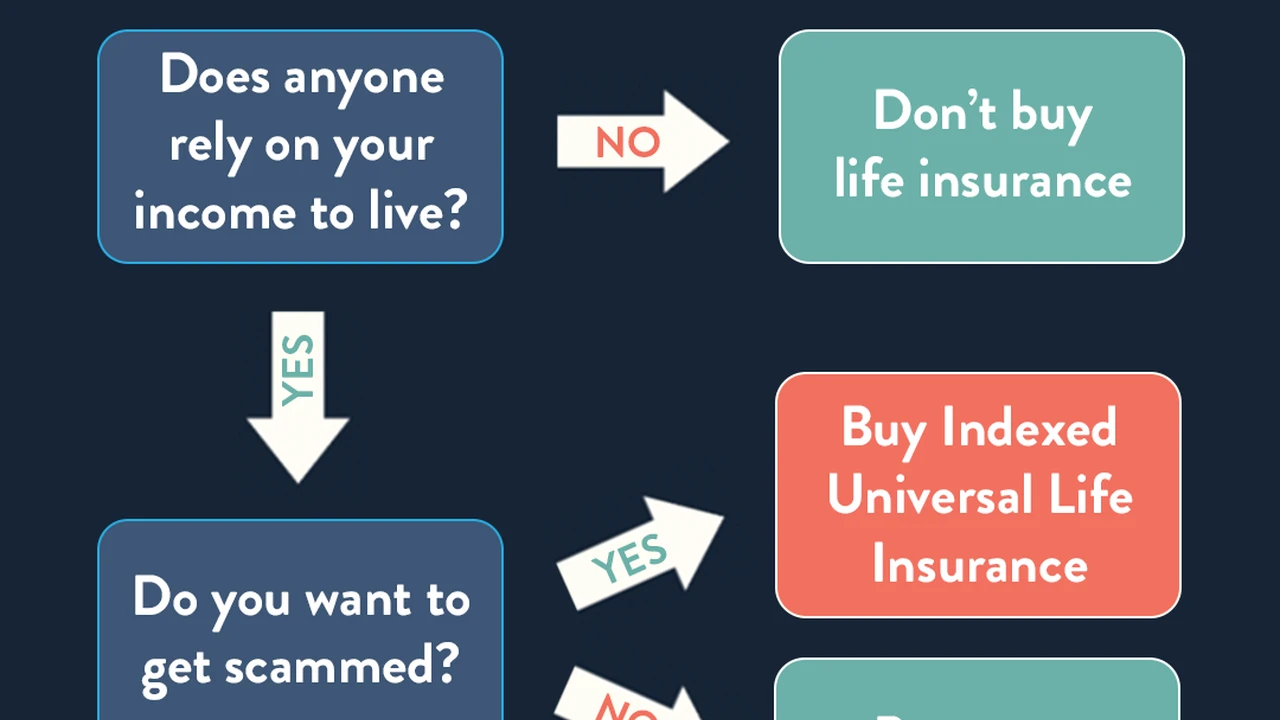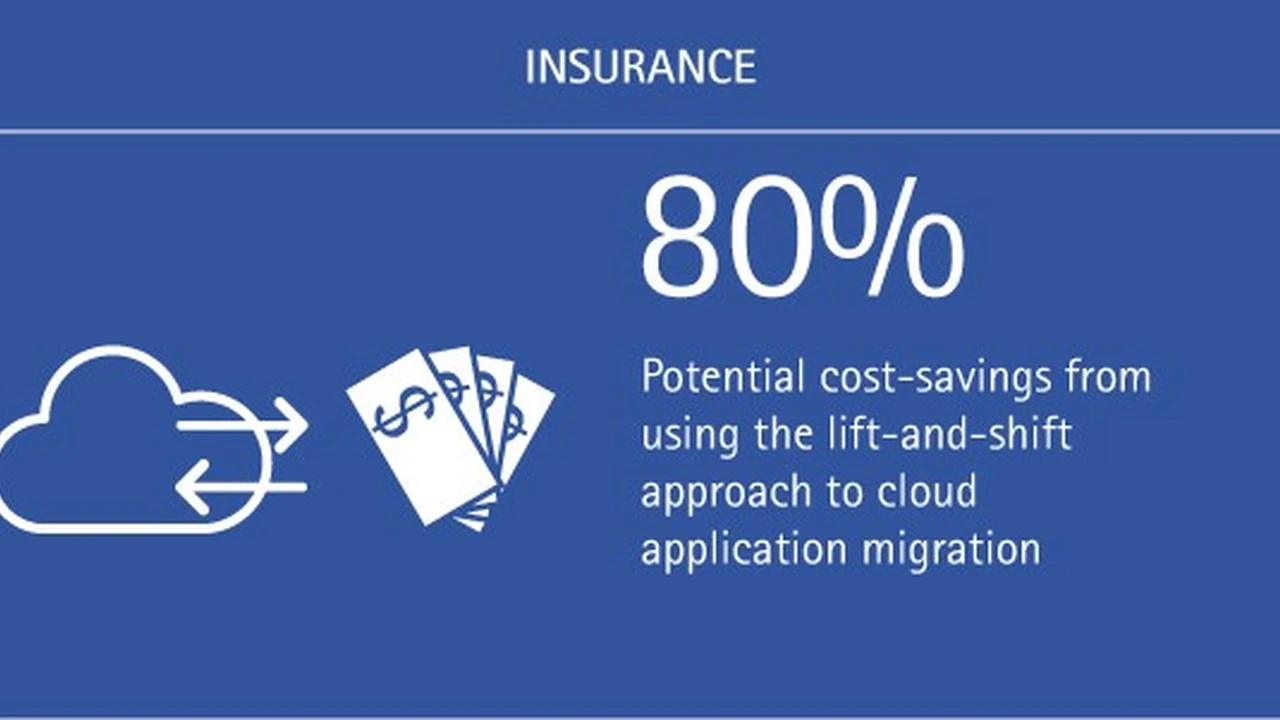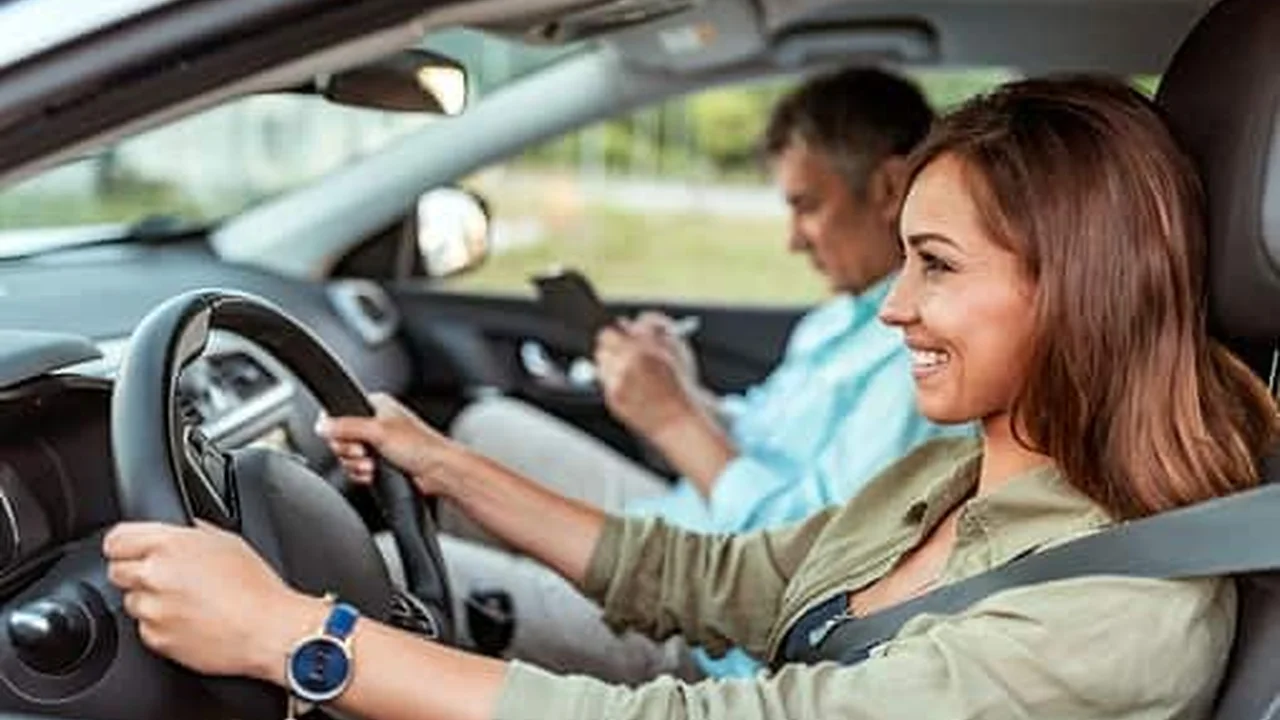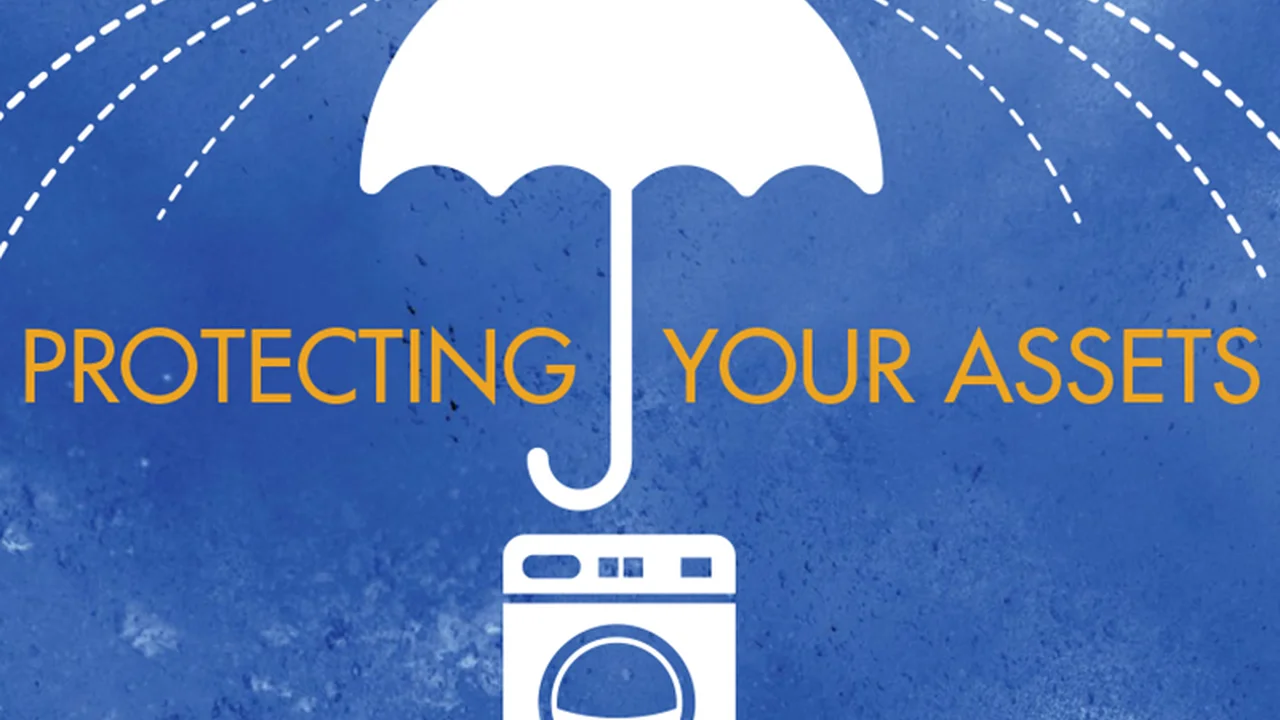Addressing Nighttime Driving: Increased Risks
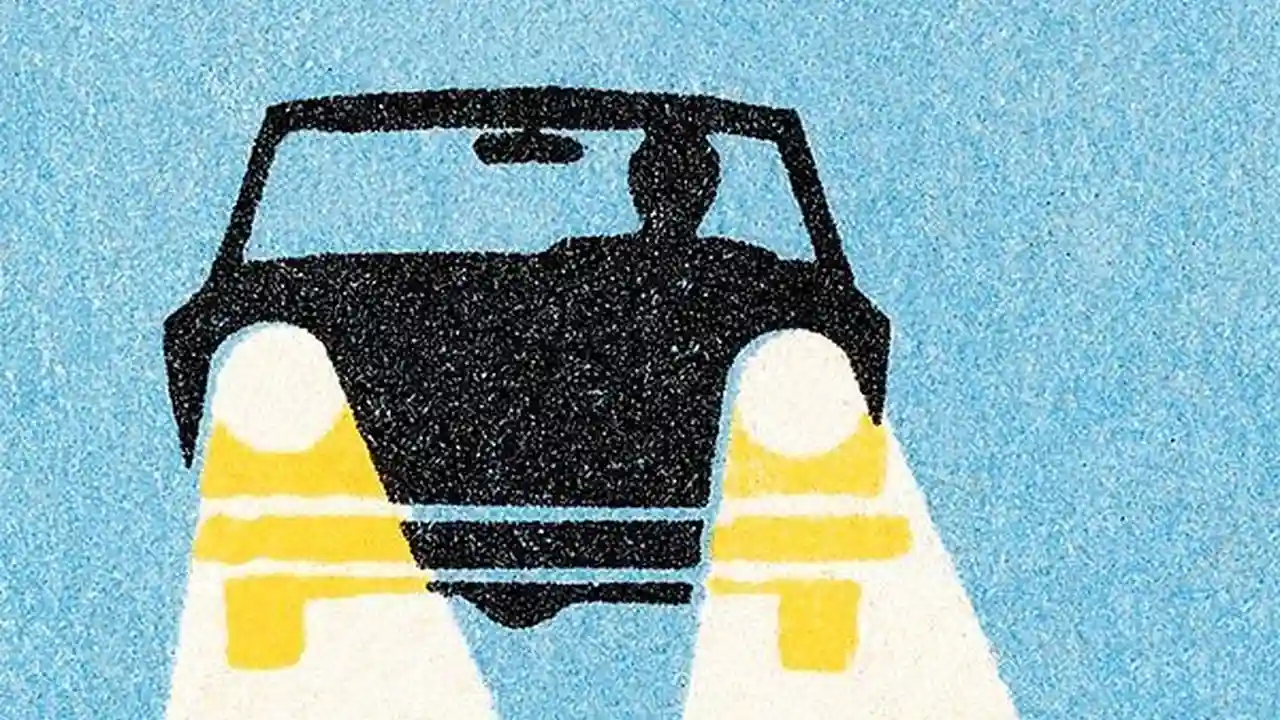
Understanding the Increased Risks of Nighttime Driving for Teen Drivers
Hey there, parents! Let's talk about something super important: nighttime driving for your teen drivers. It's not just about them wanting to hang out with friends after dark; it's about the significantly increased risks they face when the sun goes down. We're diving deep into why nighttime is so much more dangerous and what you can do to keep your kids safe.
First off, visibility is a huge factor. Even with good headlights, seeing things clearly at night is tough. Depth perception and color recognition are reduced, making it harder to judge distances and react quickly. Then there's the issue of fatigue. Teens, especially, are often sleep-deprived, and driving at night just exacerbates that. Combine that with the potential for impaired drivers on the road, and you've got a recipe for disaster. According to the National Highway Traffic Safety Administration (NHTSA), fatal crashes are three times more likely at night than during the day for teen drivers.
So, what can you, as a parent, do? Start with clear rules and expectations. Limit or prohibit nighttime driving, especially during the first few months after they get their license. If they do need to drive at night, make sure it's for a specific purpose and that they're well-rested. And, of course, emphasize the importance of never driving under the influence of alcohol or drugs, or riding with someone who is.
Specific Dangers: Nighttime Visibility and Teen Driver Accidents
Let's break down the visibility issue a bit more. Our eyes work differently at night. The pupils dilate to let in more light, which also reduces our sharpness of vision. This makes it harder to spot pedestrians, cyclists, and even other vehicles, especially those that are dark-colored or have faulty lights. Plus, glare from oncoming headlights can be blinding, further reducing visibility. This is especially dangerous for new drivers who haven't yet developed the skills to quickly recover from glare.
Think about it: they're trying to navigate unfamiliar roads, read street signs, and monitor their speed, all while dealing with reduced visibility and potential glare. It's a lot to handle, even for experienced drivers. That's why nighttime driving requires extra caution and focus.
Another contributing factor is the higher likelihood of impaired drivers on the road at night. Sadly, drunk driving incidents are more common after dark, and teens are particularly vulnerable to the consequences of impaired driving, whether they're the ones driving under the influence or they're involved in a crash with an impaired driver.
Combatting Fatigue: Teen Driver Sleep and Night Driving Risks
Okay, let's talk about sleep. Teens are notorious for not getting enough of it. Their bodies are still developing, and they need more sleep than adults. But between school, extracurricular activities, social lives, and part-time jobs, they're often burning the candle at both ends. This chronic sleep deprivation can seriously impair their driving ability, especially at night.
Studies have shown that driving while drowsy is just as dangerous as driving under the influence of alcohol. Drowsiness slows reaction time, impairs judgment, and increases the risk of falling asleep behind the wheel. And guess what? Nighttime driving makes drowsiness even worse.
So, how can you help your teen get enough sleep? First, establish a consistent sleep schedule. Encourage them to go to bed and wake up at the same time every day, even on weekends. Create a relaxing bedtime routine that includes things like reading, taking a warm bath, or listening to calming music. And limit screen time before bed, as the blue light emitted by electronic devices can interfere with sleep.
Teen Driver Insurance Costs: Night Driving and Premiums
Alright, let's get real about the financial side of things. Teen driver insurance is already expensive, and nighttime driving can make it even pricier. Insurance companies know that nighttime is more dangerous, so they often charge higher premiums for teens who drive at night.
Why? Because statistically, they're more likely to be involved in accidents. Insurance companies base their rates on risk, and nighttime driving significantly increases that risk. So, if you're looking to save money on your teen's car insurance, limiting or prohibiting nighttime driving is a smart move.
You can also explore options like usage-based insurance, which tracks your teen's driving habits and adjusts the premium accordingly. These programs often reward safe driving behaviors, such as avoiding nighttime driving, with lower rates.
Technology and Night Driving Safety for Teenagers: Dash Cams and Driver Monitoring Systems
Thankfully, technology is offering some great solutions to help keep teen drivers safe at night. Dash cams, for example, can provide valuable evidence in the event of an accident. They record everything that happens on the road, which can be helpful in determining fault and protecting your teen from false claims.
But even better are driver monitoring systems. These systems use sensors and cameras to track a driver's behavior and provide real-time feedback. They can detect things like drowsiness, distracted driving, and speeding, and alert the driver (and even the parents) to potential dangers.
Here are a few specific products to consider:
- Nauto: This AI-powered system analyzes driving behavior and provides real-time coaching to help drivers improve their skills. It detects distracted driving, drowsiness, and other risky behaviors, and alerts the driver with visual and auditory warnings. It also sends reports to parents, providing insights into their teen's driving habits. Price: around $500 upfront cost plus a monthly subscription fee.
- Lytx DriveCam: Primarily used for commercial fleets, but increasingly popular with concerned parents. This system combines video recording with data analysis to identify risky driving behaviors. It automatically uploads video clips of incidents to the cloud, allowing parents to review them and provide feedback to their teen. Price: Varies depending on the plan, but expect to pay several hundred dollars upfront plus a monthly fee.
- Arity Drive: A more affordable option. This app uses the smartphone's sensors to track driving behavior and provide feedback. It detects speeding, hard braking, and distracted driving, and provides a score based on the driver's performance. It's a good option for parents who want to monitor their teen's driving without investing in a dedicated system. Price: Free (but relies on smartphone data).
When choosing a driver monitoring system, consider the following factors: accuracy, reliability, ease of use, and cost. Read reviews and compare features to find the best system for your needs. Remember, the goal is to help your teen become a safer driver, not to spy on them.
Vehicle Safety Features for Nighttime Driving: Choosing the Right Car
The car your teen drives also plays a role in their nighttime safety. Look for vehicles with advanced safety features, such as:
- Automatic emergency braking (AEB): This system can detect potential collisions and automatically apply the brakes to help avoid or mitigate a crash.
- Lane departure warning (LDW): This system alerts the driver if they start to drift out of their lane.
- Blind spot monitoring (BSM): This system alerts the driver if there's a vehicle in their blind spot.
- Adaptive headlights: These headlights adjust their beam angle to improve visibility around curves and hills.
- High beam assist: This system automatically switches between high and low beams to avoid blinding oncoming drivers.
These features can significantly improve your teen's safety, especially at night. When shopping for a car, prioritize safety over style or performance. A slightly older model with advanced safety features is often a better choice than a newer model with fewer safety features.
Here's a quick comparison of some popular car models and their safety features:
| Car Model | Automatic Emergency Braking | Lane Departure Warning | Blind Spot Monitoring | Adaptive Headlights |
|---|---|---|---|---|
| Toyota Corolla (2020+) | Standard | Standard | Optional | No |
| Honda Civic (2022+) | Standard | Standard | Standard | No |
| Mazda 3 (2019+) | Standard | Standard | Optional | Optional |
| Subaru Impreza (2017+) | Standard | Standard | Optional | Optional |
Remember to check the specific features of the model year you're considering, as features can vary from year to year.
Parental Controls and Night Driving: Setting Limits and Expectations
Ultimately, the most important thing you can do to keep your teen safe at night is to set clear rules and expectations. Talk to them about the dangers of nighttime driving and explain why you're limiting their nighttime privileges. Be firm, but also be understanding. They want to be independent, but they also need your guidance and protection.
Consider using parental control apps or devices to monitor their driving habits and enforce your rules. These tools can allow you to set curfews, track their location, and receive alerts if they exceed speed limits or drive outside of designated areas.
Most importantly, be a good role model. Practice safe driving habits yourself, and talk to your teen about your own experiences on the road. Show them that you take driving seriously and that you're committed to their safety.
Driving at night is a privilege, not a right. Make sure your teen understands the responsibility that comes with it. By setting clear rules, providing them with the right tools and resources, and being a supportive and engaged parent, you can help them become safe and responsible drivers, day or night.
:max_bytes(150000):strip_icc()/277019-baked-pork-chops-with-cream-of-mushroom-soup-DDMFS-beauty-4x3-BG-7505-5762b731cf30447d9cbbbbbf387beafa.jpg)



